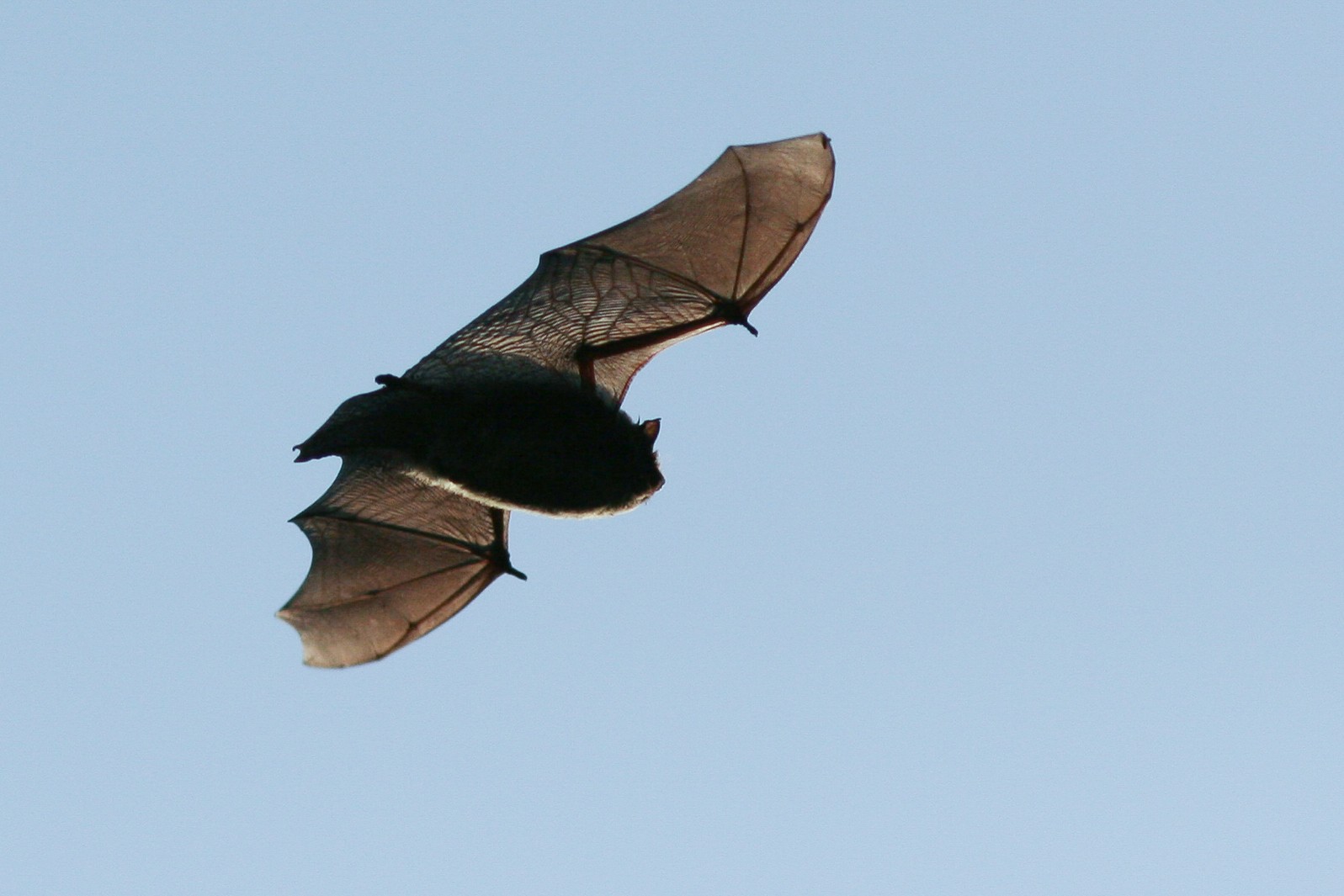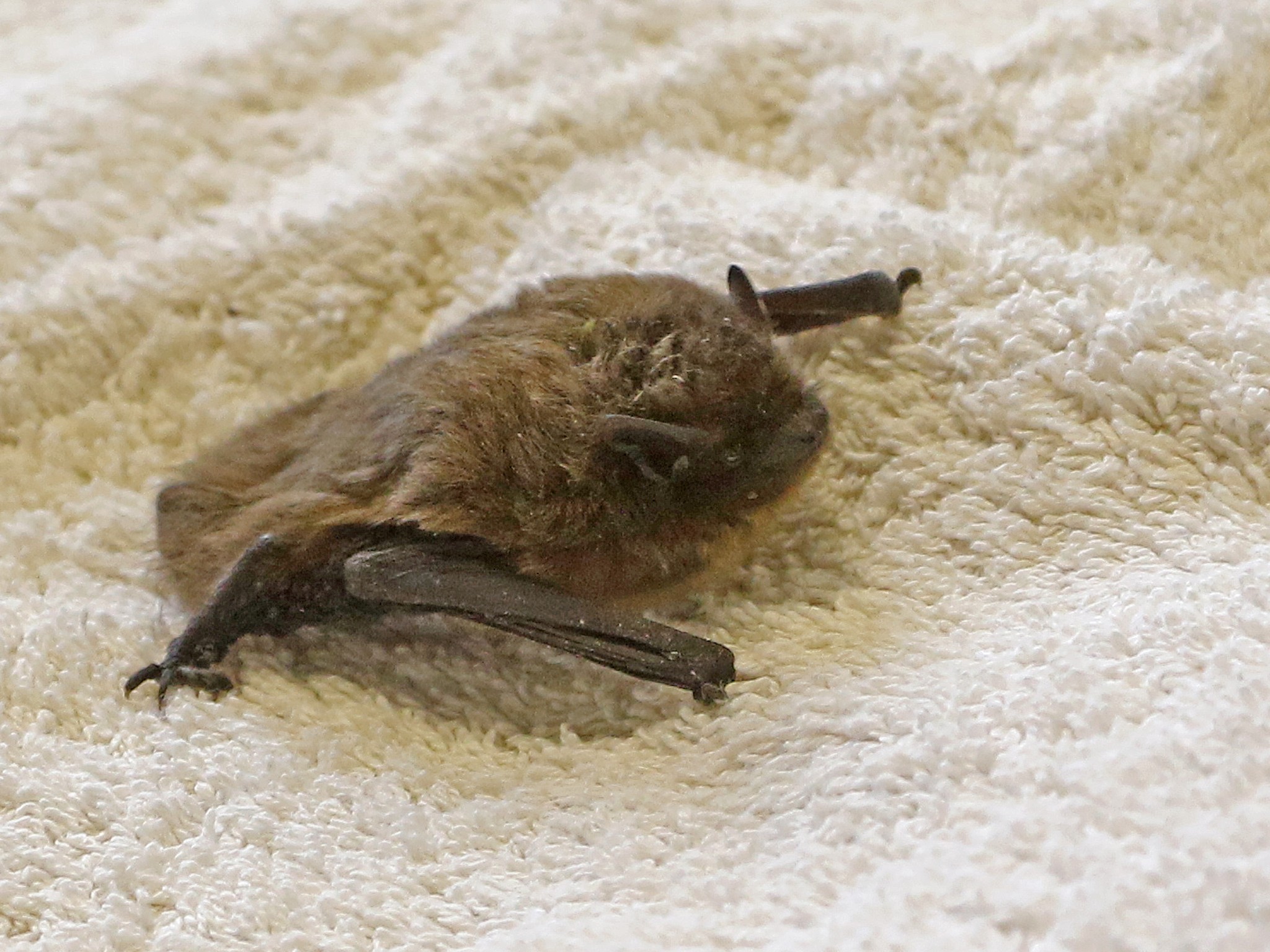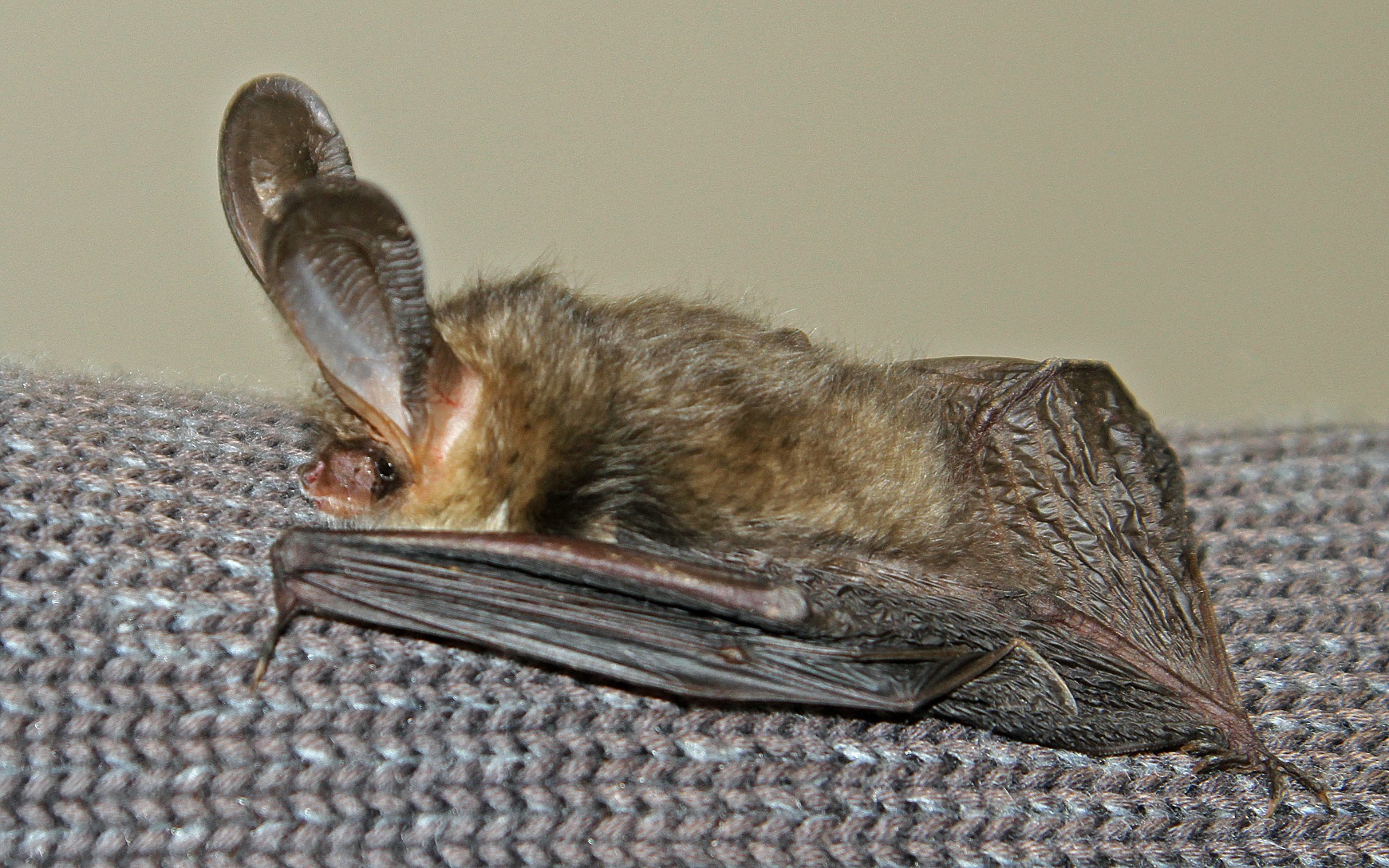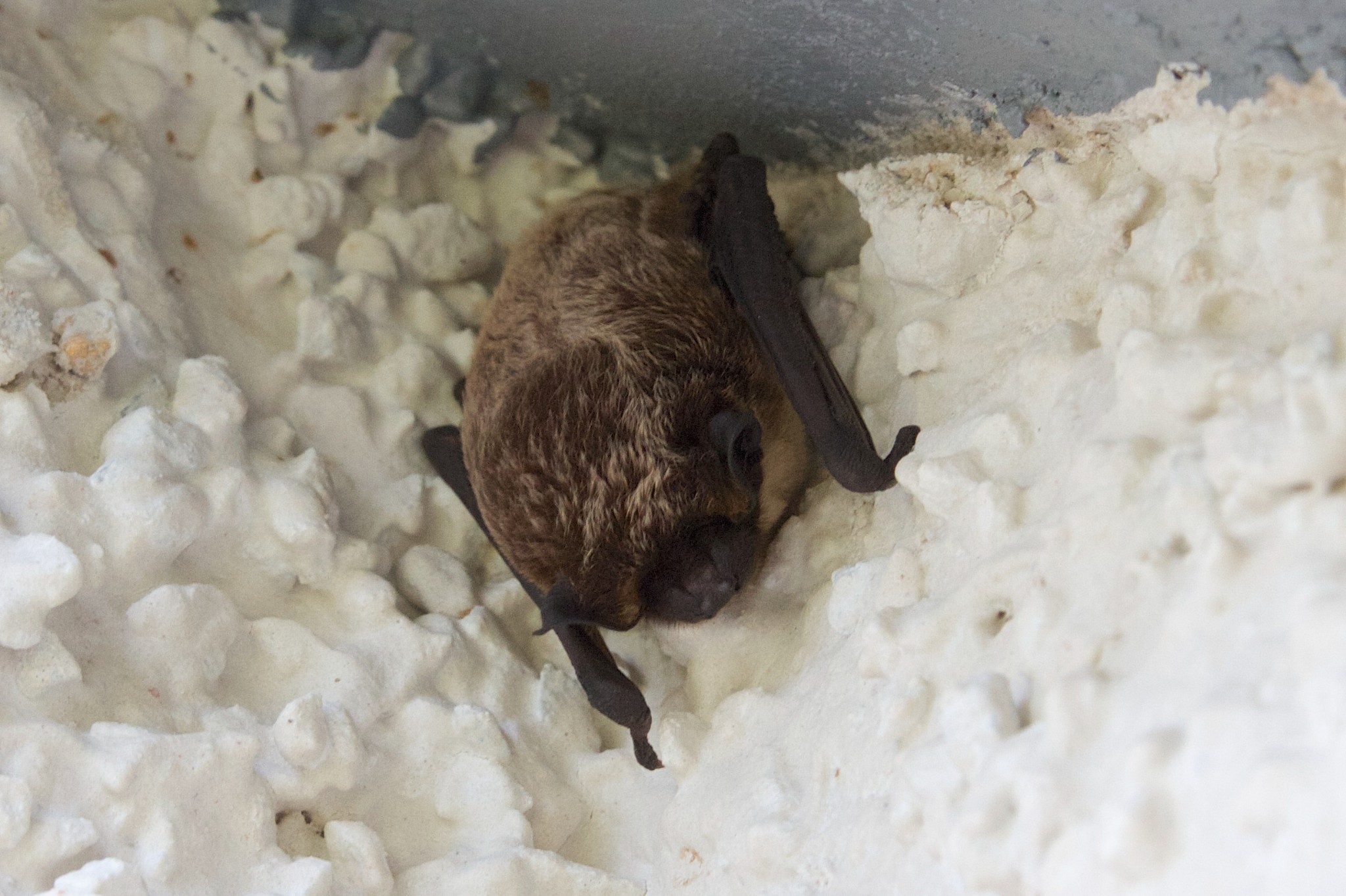It's bat time of year
Published: 09 September 2020
Shetland’s cool, windy climate and the general lack of tree cover means the islands are hardly a haven for bats and there has never been any evidence that bats have bred in Shetland. Some folk, however, might be surprised to learn that bats are seen here almost every year and most occur in September and October.
At temperate latitudes such as in the UK and Scandinavia, the volume of available insects to feed on reduces dramatically during late autumn, and this coupled with cold winter temperatures means that bats have to find a strategy to cope. They do one of two things. Most go into hibernation, which is in essence a long, deep sleep in which the body temperature drops and the breathing rate and heartbeat is lowered to conserve energy. Some, however, do what birds do and migrate to more southerly latitudes where food is easier to come by. And just like migrant birds they too can get caught out by strong south-easterly winds in autumn and end up way of course in Shetland.
Seven species of bat have been recorded in Shetland but a sift back through copies of the islands’ weekly newspaper The Shetland Times confirms that the occurrence of bats in the islands has always been a noteworthy event. Between 1904 and 1959, the paper details ten dated records. Since the mid-1970s, when the oil industry came to Shetland, the quality of wildlife recording in the islands has improved dramatically and over 100 bats have now been recorded. Of these, about half have been identified. The majority of these were individuals that have allowed close examination having been trapped inside buildings, or found moribund or freshly dead. The remaining records mainly involve bats seen in the field and these include three sightings of two bats seen together, and an astonishing report of three or four bats together at Burrafirth on Unst on 30th October 2011.

It can be identified by the pattern of its wing venation. © Rory Tallack.

migrate between their summer breeding areas and winter quarters. © Jim Nicolson
The most common species recorded in Shetland is the Nathusius’ Pipistrelle, one of the smallest species of bat in the UK. It is just 5-6 cm long including the tail, with a wingspan of around 20 cm and a weight of 3 to 8 grams. There are almost 50 confirmed records of the species and this is the bat that you are most likely to encounter. At the opposite end of the scale are the Noctule and Serotine, with just two and one record respectively. These are the British heavyweights coming in at anything between 15 and 40 grams with a length up to 10 cm and a wingspan that can reach 38cm! The other three species recorded here are the Brown Long-eared Bat (2 records), Parti-coloured Bat (9 records), Leisler’s Bat (5 records) and a lone Common Pipistrelle – the most recent addition to the list.

Brown Long-eared Bat. One of the more surprising species to have
reached Shetland but instantly identifiable on account of its large ears © Jim Nicolson

Part-coloured Bat at a regular roosting site at Bardister,
where it remained from 11th to 23rd December 2013 © Rory Tallack.
In recent years there have been intriguing reports of bats being seen regularly at sites during the summer months and this raises the spectre of them breeding here. The Common Pipistrelle has been found to breed on Orkney although all the colonies located there have been very small with the largest numbering just 12 individuals. We would be delighted to hear from anyone who has seen bats during the summer months, or indeed anyone who sees, or finds a dead one, this autumn. The Records Centre recently purchased a bat detector which can be deployed quickly if bats are seen. Each species of bat echolocates at different frequencies and if the sound is captured by the detector then the bat responsible can be identified to species.
The bat detector held by SBRC can be used to capture the sounds made by bats enabling
them to be identified to species even if they were not seen. © Rory Tallack
Remember if you do come across a bat, even in the home, it will not do you any harm. Bats do, however, carry a very small risk of rabies so it is important that you do not handle them. They are usually docile but can occasionally become quite aggressive when handled. If you phone the Biological Records Centre on Lerwick 694688 then we can come and help if available.
Paul Harvey, Natural Heritage Officer
We hope you have enjoyed this blog.  We rely on the generous support of our funders and supporters to continue our work on behalf of Shetland. Everything we do is about caring for Shetland's outstanding natural and cultural heritage on behalf of the community and for future generations. Donations are welcomed and are essential to our work.
We rely on the generous support of our funders and supporters to continue our work on behalf of Shetland. Everything we do is about caring for Shetland's outstanding natural and cultural heritage on behalf of the community and for future generations. Donations are welcomed and are essential to our work.

